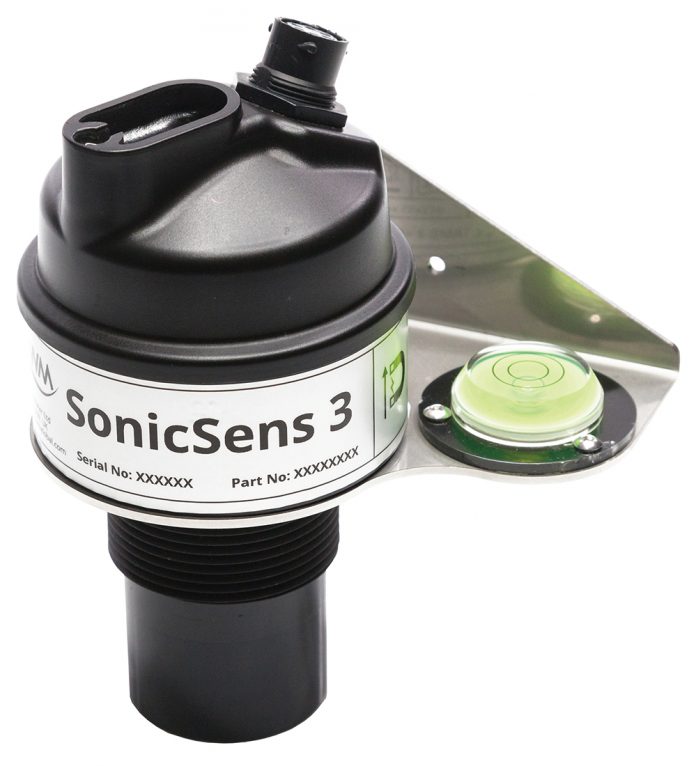Every day, more than 15 million people in London and the Thames Valley flush or drain 4.6 billion litres of used water. To cope with this huge demand, Thames Water maintains a complex 68,000-mile sewer network.
With such huge quantities of water to manage, it is critical that the sewer systems always remain functional. This is especially important as population growth, and more extreme weather patterns, are putting additional stress on sewer networks.
Water companies also face various problems associated with pipe blockages, so sewer maintenance is key.
On average, Thames Water spends £18 million every year clearing 75,000 blockages from its sewers, unclogging five house blockages and removing 30 tonnes of material from just one of its sewage works every day.
This is critical maintenance, as blocked pipes can result in the flooding and pollution of customers’ homes and businesses.
“We get thousands of entirely avoidable blockages on our sewers each year when things like wet wipes, nappies or cotton buds are flushed down the loo, or when cooking fat from kitchens is poured down the sink.
“We’d urge everyone to help by only flushing the 3Ps – pee, poo and paper – as well as disposing of fat and oils in the bin, not the sink, which helps to keep the sewers flowing and to prevent them blocking and backing up into people’s houses and gardens, or even into the local rivers,” said Anna Boyles, Performance, Risk and Optimisation Manager, Thames Water
To help monitor their network through Sewer Depth Monitoring, Thames Water installed 3,700 SonicSens 3 ultrasonic level sensors last year, which saw it hit its yearly deployment target.
SonicSens 3 uses ultrasonic technology to measure the level of wastewater in a chamber, information which can provide an early warning of blockages within the network.
The benefit of using ultrasonic technology is that SonicSens 3 is installed within the chamber but avoids contact with its environment. This lack of contact with the contents of the sewer lowers the requirement for maintenance of the SonicSens 3 devices.
In this SDM programme, SonicSens 3 has been paired with our Intelligens WW data loggers for efficient data transfer. Intelligens WW is a truly flexible data logger with the versatility to be tailored for a variety of specific user needs.
As with our complete range of advanced data loggers, Intelligens WW delivers recorded data through advanced telemetry technology. Both LTE-M and NBIoT-enabled, but maintaining a 2G fallback, HWM data loggers are future-proofed for connectivity within a changing cellular landscape.
This efficient and dependable transfer of data allows customers to monitor their networks effectively and to react swiftly to any potential issues as they arise.
Intelligens WW was also chosen for this programme because it contains a long-life battery which powers not only itself, but also the SonicSens 3 sensor without the need for additional battery packs.
In choosing to install the combination SonicSens 3 and Intelligens WW, Thames Water has selected an effective early warning system. Should levels rise, the device will send alarms to Thames Water, drawing attention to a developing problem within their network and helping to avoid the damage caused by flooding and pollution incidents.
“These monitors are an important tool in our armoury in the fight against sewer blockages. The data they provide gives us a picture of what’s happening in our sewers and helps us to nip blockages in the bud before they cause problems,” said Anna Boyles, Performance, Risk and Optimisation Manager, Thames Water
The next phase of the SDM programme will see an additional 5,000 units installed, providing Thames Water with even more data with which to monitor their network.
Reducing the damage and pollution incidents caused by flooding is crucial and HWM is proud to continue to support Thames Water in this ongoing project.



